JachinBoazTri's Take On
TRAINING FOR A LONG-DISTANCE SWIM: Swimming a 10K is swimming 6.2 miles… In order to successfully achieve this goal an athlete should consider five aspects of training: Hydration, Rest, Recovery, and Actual Training. I’ll address each of these separately.
Calories consumed while swimming will vary, based on age, the stroke being swum, the level of exertion, the sex of the swimmer and their body weight. Active.com has published the following chart for the average caloric requirements of an athlete swimming freestyle:
Average athlete weighing 130 pounds will expend 590 calories an hour while swimming hard.
Average athlete weighing 155 pounds will expend 704 calories an hour while swimming hard.
Average athlete weighing 180 pounds will expend 817calories an hour while swimming hard.
Average athlete weighing 205 pounds will expend 931 calories an hour while swimming hard.
Again, actual calories consumed will vary based on exertion, water conditions, and the age and sex of the swimmer. According to Iowa State University, a healthy adult body can store about 2,000 calories - less for a smaller woman and more for a larger man. The average adult body can store 500 grams of carbohydrates. Skeletal muscles store about 400 grams of glycogen, the liver 90 to 110 grams of glycogen and your blood circulates roughly 25 grams as glucose. So… the average adult has enough calories to support swimming for about two and a half hours…
Remember, calories cannot be metabolized without proper hydration! This makes liquid nutrition especially appealing to the swimmer! If you combine water with nutrition your body can easily absorb the nutrients. Swimmers need to practice the consumption of a variety of nutritional products to see what best suits their GI and metabolic requirements. You’ve probably heard of runners hitting ’The Wall’ in marathons - the point where their body becomes depleted of calories, and they struggle to find the energy to continue running. The same can be said of distance swimmers… Once your workouts reach the point where you’re swimming for more than two hours you need to incorporate nutrition into your workouts…
I define rest as the amount of sleep an athlete gets each day. Recovery is your body’s ability to recover from one workout and hit the metrics of the next workout. Sleep directly affects the ability of the body to recover! Garmin has an algorithm built into its software and tells an athlete the general number of hours required to recover from a given workout. Recovery time is based on the level of exertion, the time expended and the attributes the athlete builds into their profile. When I’m coaching triathletes I generally try to write their workouts so they alternate between easy days and hard days, while gradually building workouts towards their respective race goals. It’s not uncommon for an athlete to taper two or three times in any given season… Tapering is a gradual reduction in the volume of workouts prior to a given race. I’d also strongly advocate exposure to race-day conditions PRIOR to the actual swim event. Sound judgement dictates that the swimmer must expose themselves to projected race day conditions (water temperature, ocean water, lake water, etc.) prior to the race… Plenty of open water races exist, with average distances of one mile to two or five miles.
Last, an athlete needs to periodize their workouts, gradually building distance in practice until the 10K can be accomplished. If a swimmer is starting from scratch, they should be able to swim for about 20 minutes, with rest built in to the 20-minute period. Depending on ability, an average athlete should be able to cover 400 to 800 yards in 20 minutes. I usually advise athletes to swim a minimum of three times a week - to maintain fitness. To build on that fitness an athlete should expect to swim four times per week to start. For an athlete planning to swim a 10K, a minimum of four or five weekly workouts should be attempted.
As weeks progress two factors will increase - the total time swimming and the distance covered in each workout. Start with the date of the race in mind, and work backwards, building volume each week by 10-percent (10%). I would advocate using a six-month training plan where a swimmer can start with 1,500 yards per workout in week one, 1,650 in week two, 1,800 in week three, etc. 10 weeks into this plan the swimmer will be averaging 4,000 yards per workout. Beginning with week 10, and going through week 24, I’d target swimming five times per week. During this build period, the 5th swim would be a ‘long’ swim - each week, and the other four swims would range from 2,500 to 5,000 yards. The swimmer would take one day off after their long swim and another day off based on how they’re feeling. During this phase of training total weekly yardage would range from 21,000 yards per week at week 10 to 45,000 yards in the final week of training! Actual yardage is dependent on the athlete, their fitness level and their goals for the race itself... The swimmer needs to build a taper into their workouts, decreasing the total yardage swum, about 10 days before the actual event itself… So, a swimmer averaging 2:00/100 yards could expect to complete a 10K swim in three hours and 34 minutes…
You have to be diligent about maintaining your body while training to maximize health and minimize injury. Proper nutrition, meals, the mix of carbohydrates to protein, etc. all must be monitored and explored to maintain a healthy immune system. I usually add a vitamin regimen when I’m training for longer distance events to ensure my body is receiving all of the necessary nutrients needed to maintain maximum health. Getting proper sleep each night becomes critically important! A swimmer needs to make sure their swim suit, goggles, caps, etc. will function well over long swims. Some swimmers use Vaseline or other creams to avoid skin abrasions, especially when swimming in salt water.
TRAINING FOR A LONG-DISTANCE SWIM: Swimming a 10K is swimming 6.2 miles… In order to successfully achieve this goal an athlete should consider five aspects of training: Hydration, Rest, Recovery, and Actual Training. I’ll address each of these separately.
Calories consumed while swimming will vary, based on age, the stroke being swum, the level of exertion, the sex of the swimmer and their body weight. Active.com has published the following chart for the average caloric requirements of an athlete swimming freestyle:
Average athlete weighing 130 pounds will expend 590 calories an hour while swimming hard.
Average athlete weighing 155 pounds will expend 704 calories an hour while swimming hard.
Average athlete weighing 180 pounds will expend 817calories an hour while swimming hard.
Average athlete weighing 205 pounds will expend 931 calories an hour while swimming hard.
Again, actual calories consumed will vary based on exertion, water conditions, and the age and sex of the swimmer. According to Iowa State University, a healthy adult body can store about 2,000 calories - less for a smaller woman and more for a larger man. The average adult body can store 500 grams of carbohydrates. Skeletal muscles store about 400 grams of glycogen, the liver 90 to 110 grams of glycogen and your blood circulates roughly 25 grams as glucose. So… the average adult has enough calories to support swimming for about two and a half hours…
Remember, calories cannot be metabolized without proper hydration! This makes liquid nutrition especially appealing to the swimmer! If you combine water with nutrition your body can easily absorb the nutrients. Swimmers need to practice the consumption of a variety of nutritional products to see what best suits their GI and metabolic requirements. You’ve probably heard of runners hitting ’The Wall’ in marathons - the point where their body becomes depleted of calories, and they struggle to find the energy to continue running. The same can be said of distance swimmers… Once your workouts reach the point where you’re swimming for more than two hours you need to incorporate nutrition into your workouts…
I define rest as the amount of sleep an athlete gets each day. Recovery is your body’s ability to recover from one workout and hit the metrics of the next workout. Sleep directly affects the ability of the body to recover! Garmin has an algorithm built into its software and tells an athlete the general number of hours required to recover from a given workout. Recovery time is based on the level of exertion, the time expended and the attributes the athlete builds into their profile. When I’m coaching triathletes I generally try to write their workouts so they alternate between easy days and hard days, while gradually building workouts towards their respective race goals. It’s not uncommon for an athlete to taper two or three times in any given season… Tapering is a gradual reduction in the volume of workouts prior to a given race. I’d also strongly advocate exposure to race-day conditions PRIOR to the actual swim event. Sound judgement dictates that the swimmer must expose themselves to projected race day conditions (water temperature, ocean water, lake water, etc.) prior to the race… Plenty of open water races exist, with average distances of one mile to two or five miles.
Last, an athlete needs to periodize their workouts, gradually building distance in practice until the 10K can be accomplished. If a swimmer is starting from scratch, they should be able to swim for about 20 minutes, with rest built in to the 20-minute period. Depending on ability, an average athlete should be able to cover 400 to 800 yards in 20 minutes. I usually advise athletes to swim a minimum of three times a week - to maintain fitness. To build on that fitness an athlete should expect to swim four times per week to start. For an athlete planning to swim a 10K, a minimum of four or five weekly workouts should be attempted.
As weeks progress two factors will increase - the total time swimming and the distance covered in each workout. Start with the date of the race in mind, and work backwards, building volume each week by 10-percent (10%). I would advocate using a six-month training plan where a swimmer can start with 1,500 yards per workout in week one, 1,650 in week two, 1,800 in week three, etc. 10 weeks into this plan the swimmer will be averaging 4,000 yards per workout. Beginning with week 10, and going through week 24, I’d target swimming five times per week. During this build period, the 5th swim would be a ‘long’ swim - each week, and the other four swims would range from 2,500 to 5,000 yards. The swimmer would take one day off after their long swim and another day off based on how they’re feeling. During this phase of training total weekly yardage would range from 21,000 yards per week at week 10 to 45,000 yards in the final week of training! Actual yardage is dependent on the athlete, their fitness level and their goals for the race itself... The swimmer needs to build a taper into their workouts, decreasing the total yardage swum, about 10 days before the actual event itself… So, a swimmer averaging 2:00/100 yards could expect to complete a 10K swim in three hours and 34 minutes…
You have to be diligent about maintaining your body while training to maximize health and minimize injury. Proper nutrition, meals, the mix of carbohydrates to protein, etc. all must be monitored and explored to maintain a healthy immune system. I usually add a vitamin regimen when I’m training for longer distance events to ensure my body is receiving all of the necessary nutrients needed to maintain maximum health. Getting proper sleep each night becomes critically important! A swimmer needs to make sure their swim suit, goggles, caps, etc. will function well over long swims. Some swimmers use Vaseline or other creams to avoid skin abrasions, especially when swimming in salt water.
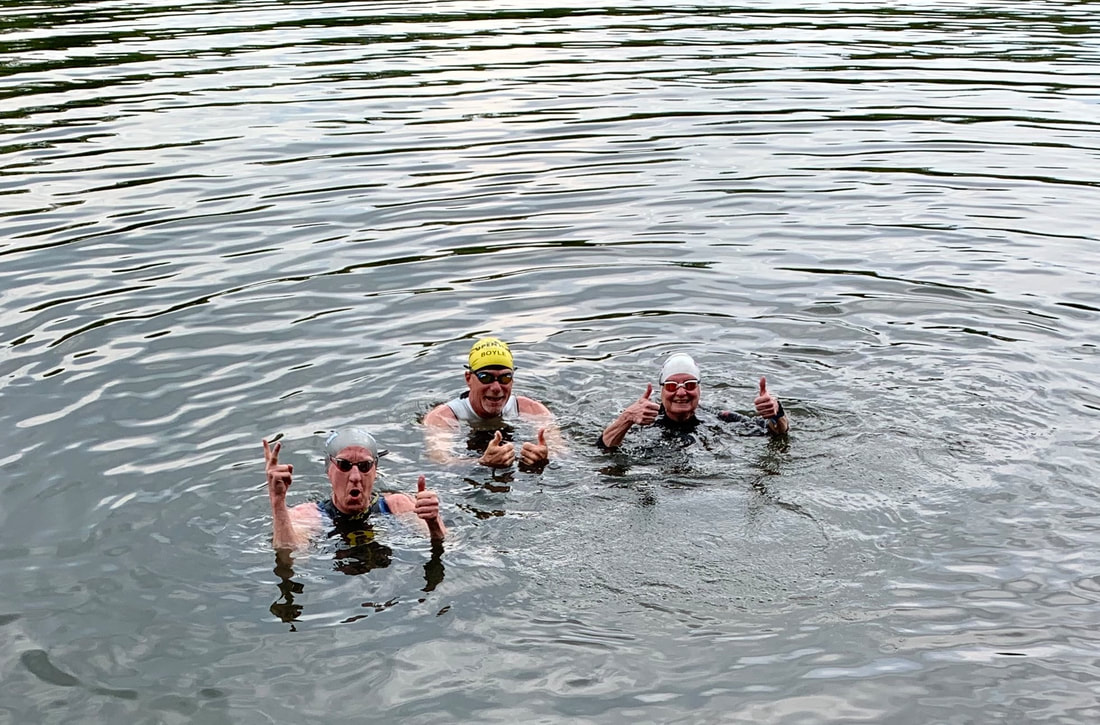
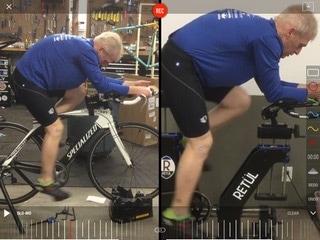
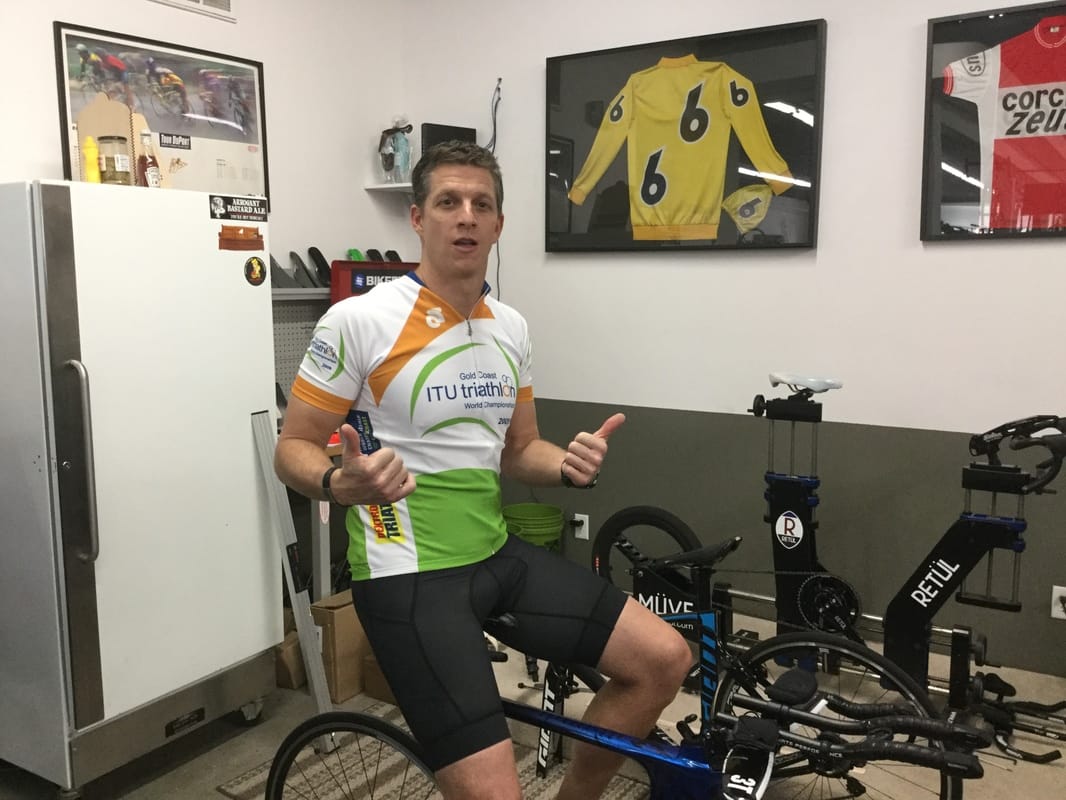
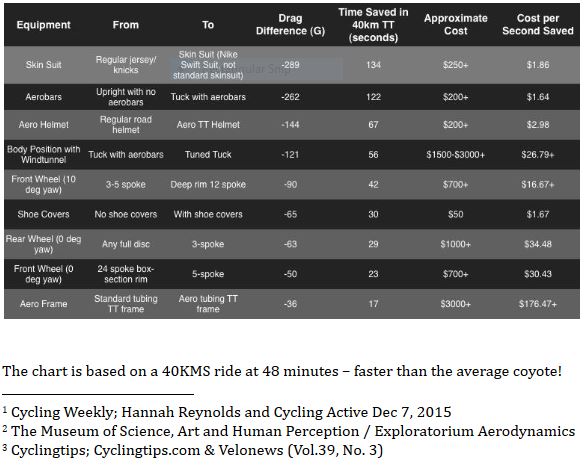
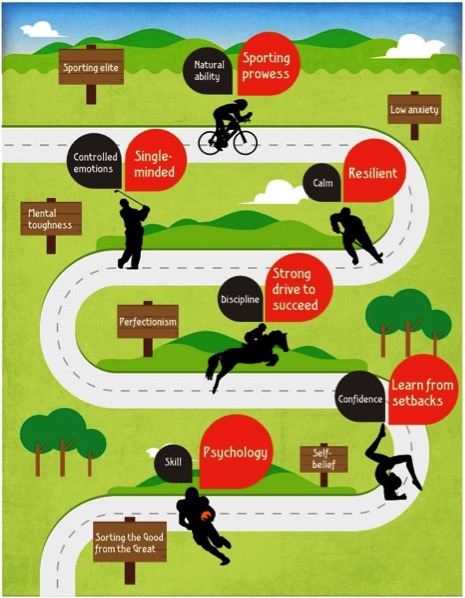
 RSS Feed
RSS Feed